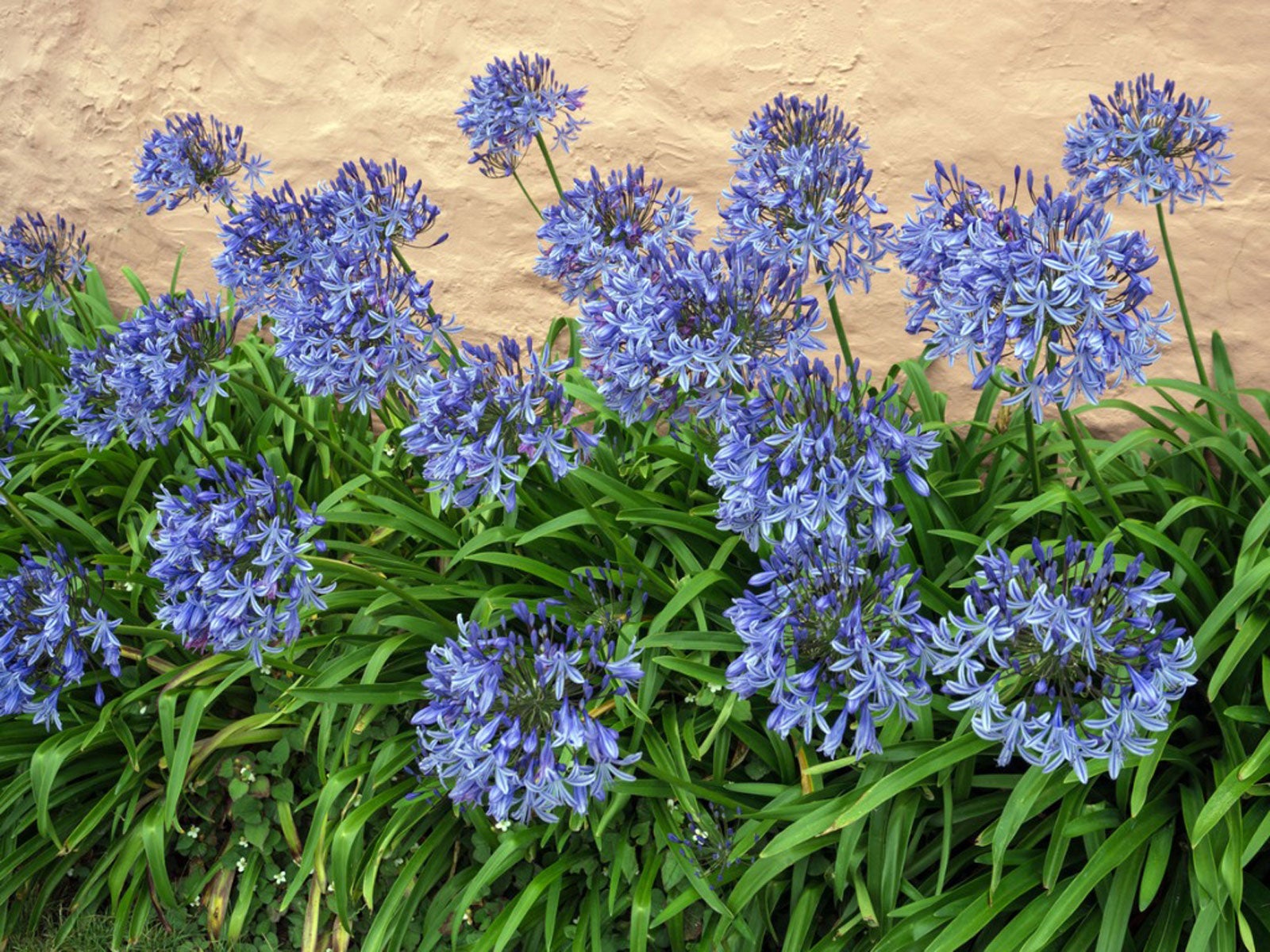Dividing Agapanthus Plants: When And How To Divide An Agapanthus Plant


Beautiful, easy care agapanthus plants are perfect choices to decorate the borders along your driveway or fence. With their tall, slender stems, lush foliage and bright blue or white flowers, agapanthus are about as attractive and low-maintenance as it gets. Another great thing about agapanthus is that if you have one, you can get extra plants free by dividing and transplanting agapanthus clumps. Read on to learn more about dividing agapanthus plants.
Can I Divide Agapanthus?
The answer is yes, you can and you should. As the plants mature, they crowd against each other underground, and this overcrowding limits their flowering. The best way to remedy the problem is to start dividing and transplanting agapanthus. But you’ll want to learn how and when to split agapanthus to be sure you do it right.
When to Split Agapanthus
Don’t think about dividing agapanthus plants while they are offering you those lovely blossoms, even if the flowering seems less than last year due to overcrowding. If you want to know when to split agapanthus, you’ll need to know whether your variety is evergreen or deciduous. For evergreen varieties, you should think about dividing and transplanting agapanthus every 4 to 5 years. Do the actual division when new growth emerges in spring, or else in early autumn after the plants have finished flowering. This timing works for deciduous plants too. However, these should only be divided every 6 to 8 years.
How to Divide an Agapanthus
Dividing agapanthus plants is easy. All you need is a garden fork or shovel, a large kitchen knife, and a new garden site prepared to receive the transplants. Here’s how to divide an agapanthus:
- Press the garden fork or shovel into the ground just at the outside of the root ball of the plant. Pressing gently, lift the whole clump of agapanthus roots out of the soil.
- Once the root clump is out of the ground, clip off the remaining flower stems right at the base, and trim off any old or faded leaves.
- Divide the main clump into several smaller clumps with your big kitchen knife. Keep in mind, though, that the smaller the new clumps, the longer they will take to flower.
- Before you start transplanting the clumps, prune back the foliage by about two thirds and clip back any dead roots.
- Replant them in the sunny, well-drained location you have prepared for them, and irrigate them thoroughly.
Sign up for the Gardening Know How newsletter today and receive a free copy of our e-book "How to Grow Delicious Tomatoes".

Teo Spengler is a master gardener and a docent at the San Francisco Botanical Garden, where she hosts public tours. She has studied horticulture and written about nature, trees, plants, and gardening for more than two decades, following a career as an attorney and legal writer. Her extended family includes some 30 houseplants and hundreds of outdoor plants, including 250 trees, which are her main passion. Spengler currently splits her life between San Francisco and the French Basque Country, though she was raised in Alaska, giving her experience of gardening in a range of climates.